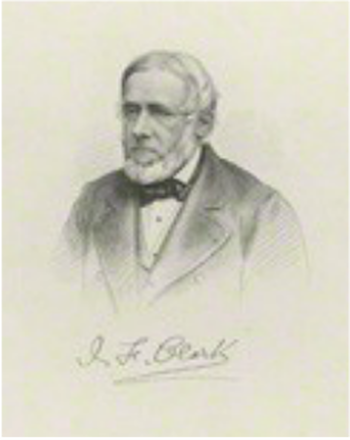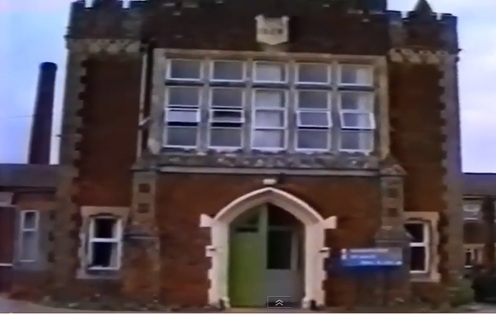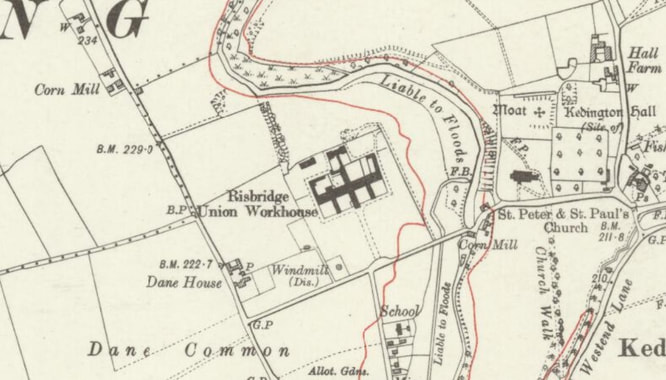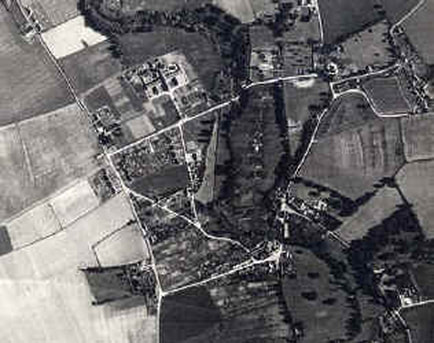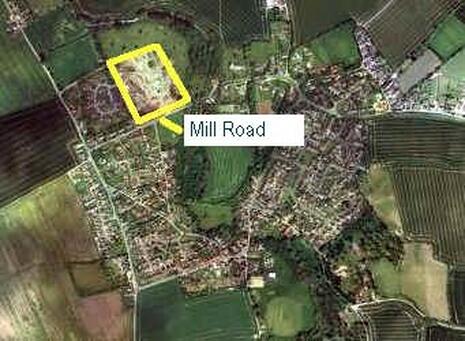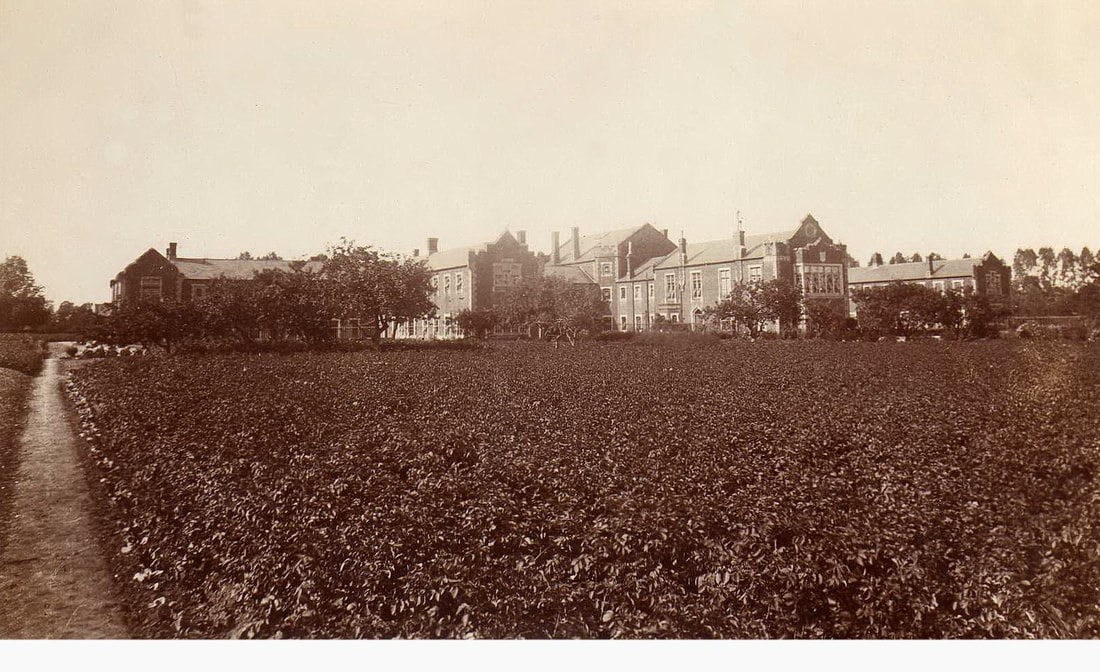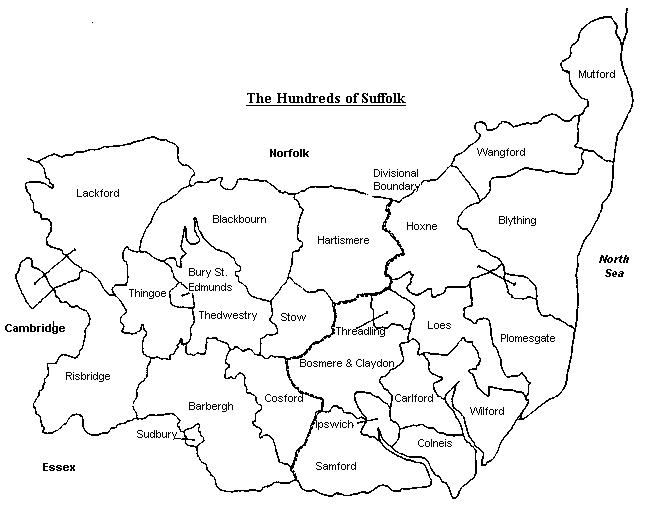Risbridge Hundred Workhouse
Residents from Great Bradley who were commited to the workhouse after 1856 would have gone to the Risbridge Union Workhouse in Kedington.
The Risbridge Poor Law Union was formed on 3rd November 1835. It was overseen by an elected Board of Guardians, of which were 28. They included representatives of the 26 parishes in Risbridge, including Great Bradley, who were to refer residents to the workhouse (although Haverhill and Clare has two representatives).
The Workhouse was built in 1856. The architect was John Francis Clark of Newmarket (1816-1898). He was a also a horse racing judge. See here for an insight into his life. His brother was the architect of the Ipswich Customs House
The 1891 census records just one resident who was born in Great Bradley: 8 year old Luke Webb
The building was extended in 1900 when a new male block and kitchen were added
The building was known as the Risbridge Union Workhouse from 1835 – 1929; the Risbridge Poor Law Institution, from, 1930-1947 and the Risbridge Hospital from 1948-1980 (approx)
The Risbridge Poor Law Union was formed on 3rd November 1835. It was overseen by an elected Board of Guardians, of which were 28. They included representatives of the 26 parishes in Risbridge, including Great Bradley, who were to refer residents to the workhouse (although Haverhill and Clare has two representatives).
The Workhouse was built in 1856. The architect was John Francis Clark of Newmarket (1816-1898). He was a also a horse racing judge. See here for an insight into his life. His brother was the architect of the Ipswich Customs House
The 1891 census records just one resident who was born in Great Bradley: 8 year old Luke Webb
The building was extended in 1900 when a new male block and kitchen were added
The building was known as the Risbridge Union Workhouse from 1835 – 1929; the Risbridge Poor Law Institution, from, 1930-1947 and the Risbridge Hospital from 1948-1980 (approx)
|
The Illustrated London News, April 1859, reported on the building as follows: "This building has been lately erected at Kedington, in the county of Suffolk, from the designs of Mr. J. F. Clark, of Newmarket. It is Elizabethan in character, and, from the admixture of red and white in its frontages, presents a very cheerful appearance. The building will contain upwards of six hundred paupers, exclusive of a spacious infirmary for the sick. The total length of the frontage is 366 feet, the centre of which is appropriated to the board-room, guardians' offices, and receiving-wards; the remainder of the frontage is given to the aged and infirm, and the children, who have covered arcades and grounds for exercise inclosed by palisading. The master's residence is placed in the centre, whence he has communication with all the wards by corridors, after the model-prison system. The comfort of the old and young has been particularly studied, and the general classification is admirably arranged" |
From 1948, when when the NHS was created, the building was used as a mental/ isolation hospital. The whole building was was demolished some time after 1991 and a housing estate stands in its place. It is remembered by having the road Risbridge Drive on that estate. The picture was taken in 1991
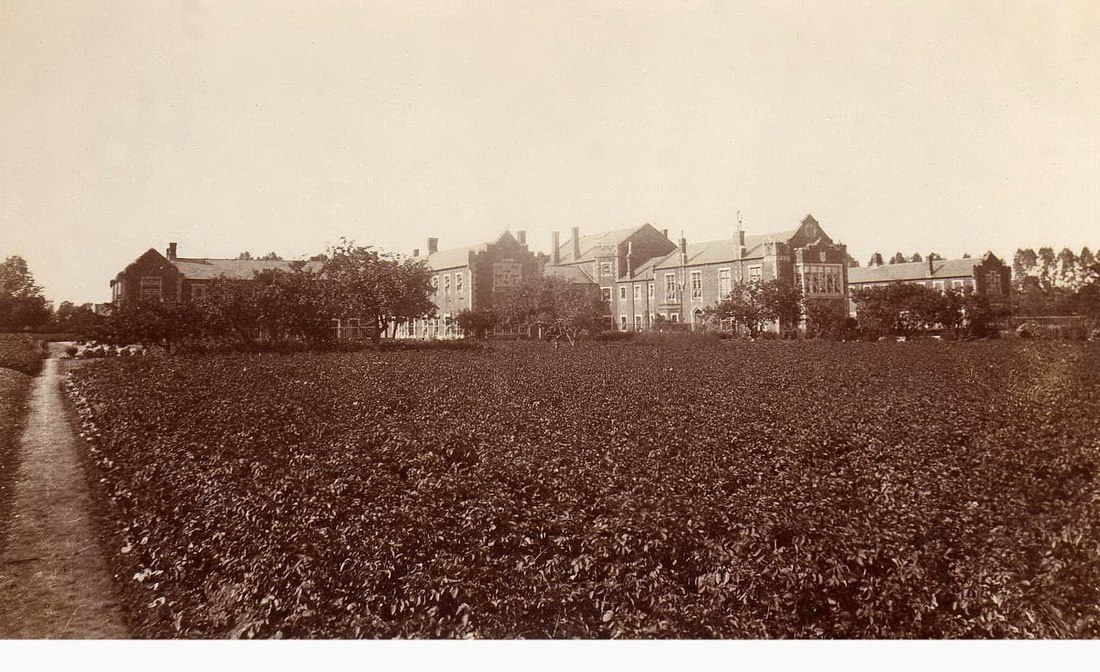
A housing development and care home now occupy the former workhouse site in Kedington. They can be seen being built at the top left of 2nd the picture below. The paler area is the site of the workhouse as on the plan above. The road entrance to the estate maintains the historical link with the former Risbridge Hundred Workhouse by being called Risbridge Drive. The access road to the estate is called Mill Road in reference to the Mill that was once present, as seen in the diagram above. The 1946 photo clearly shows the workhouse (then a hospital) and it's grounds. Click on the picture for an impressive larger view
The Suffolk Record Office holds records include: Guardians' minute books (1894-1930); Births and deaths (1913-37); Creed registers (1901-37); etc.
NB A 'hundred' was a unit of local administration, dating from medieval (Anglo Saxon) times. Normally larger than a village but smaller than a county; the name has some connection to a territory of 100 'hides' (a measurement of area), although this was not consistently the case in practice. In the former Danelaw the 'wapentake' had a similar role. Many towns had acquired, by the time of Domesday, the status of a hundred. The hundred court developed out of, and superseded, the older folkmoot; it dealt with less serious criminal and civil cases. Great Bradley was in the hundred known as 'Risbridge'
NB A 'hundred' was a unit of local administration, dating from medieval (Anglo Saxon) times. Normally larger than a village but smaller than a county; the name has some connection to a territory of 100 'hides' (a measurement of area), although this was not consistently the case in practice. In the former Danelaw the 'wapentake' had a similar role. Many towns had acquired, by the time of Domesday, the status of a hundred. The hundred court developed out of, and superseded, the older folkmoot; it dealt with less serious criminal and civil cases. Great Bradley was in the hundred known as 'Risbridge'

